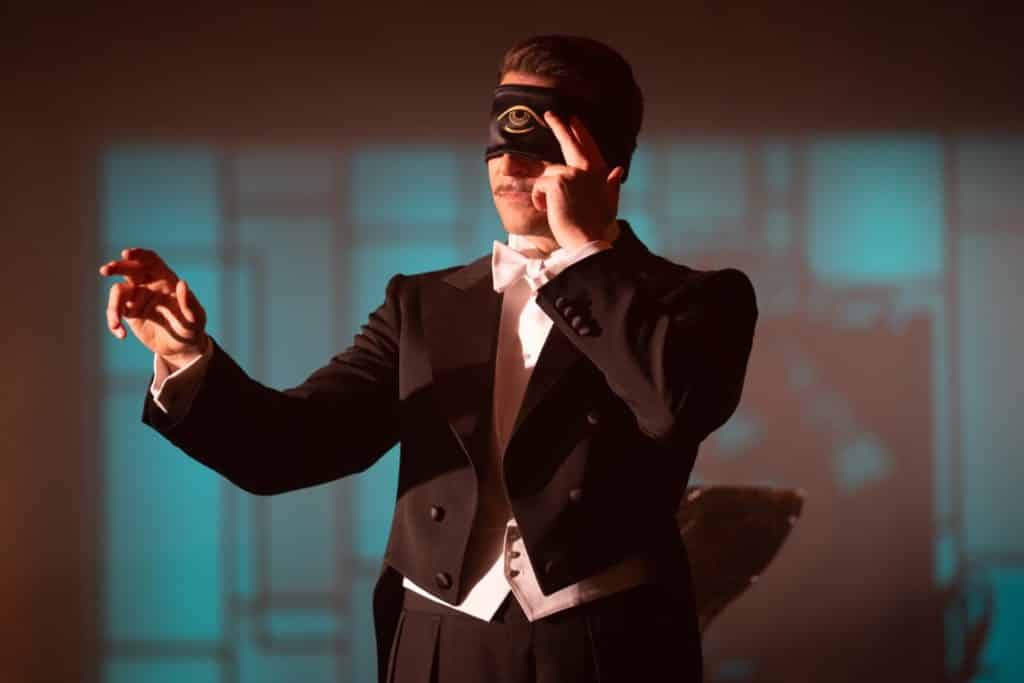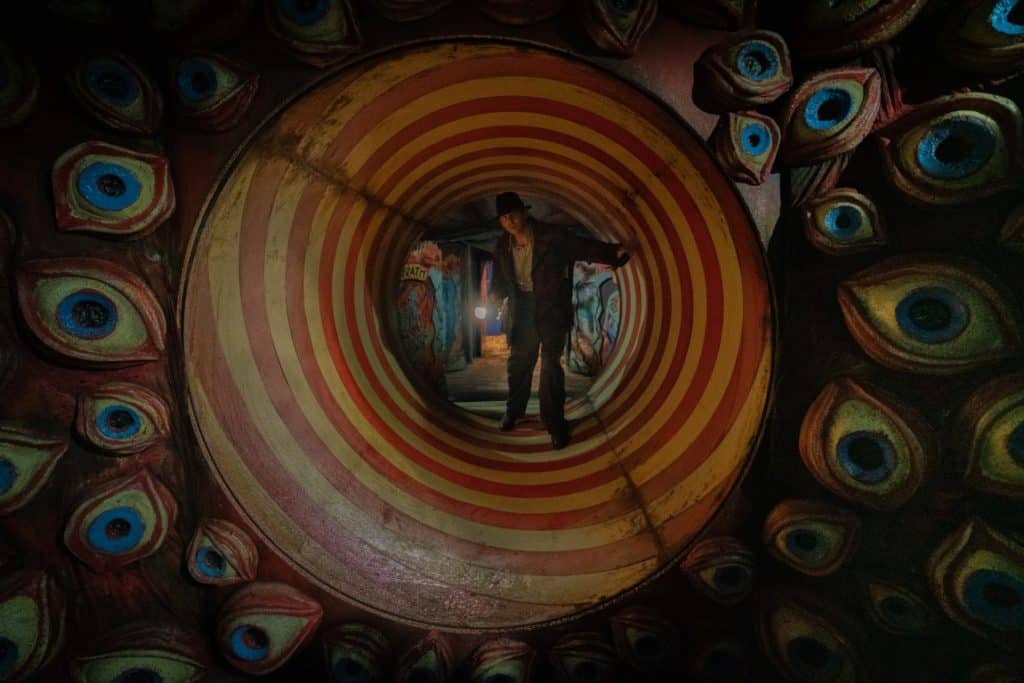Read also:
How to Watch FX Live Without CableHow To Watch AMC Without CableHow to Watch ABC Without CableHow to Watch Paramount Network Without CableThe auteur’s update of the 1946 novel is a film noir steeped in too much of his own romanticism.
Back in 1998, Gus Van Sant released his remake of Alfred Hitchcock’s Psycho. It wasn’t a good movie, but it provided two decent critical talking points. Firstly, was it actually a remake, or was it another adaptation of Robert Bloch’s novel? Given that Van Sant’s film was a shot-for-shot recreation of its 1960 predecessor save for two or three differences, it was a rarity in that, given its context, it ended up being the former. It, for all its failures in execution, used semiotics to circumvent the aforementioned semantics of its identity.
Secondly, why did the final product function somewhere between useless and experimental? It’s because it specified the analytical approaches for viewers to take to it. It told them what it was and how to watch it, all void of pretense. Sure, it ultimately elicited these two main considerations to a fault, but it was fascinating in how it did so. It telegraphed that it couldn’t possibly telegraph anything.
Not many movies strike interest because of their mediocrity, and for a while, Guillermo del Toro’s Nightmare Alley feels like another example of that. In theory, it’s another adaptation of William Lindsay Gresham’s 1946 novel. Then, despite having more differences from that film than Van Sant’s Psycho did to Hitchcock’s, it reveals itself to be a pallid remake of a classic.

Of course, the original film in this equation is Edmund Goulding’s 1947 adaptation, which earned dismissal upon release before earning its place in film noir canon. In terms of genre, it was breathless enough to avoid ever getting in its own head. The result was a class critique that even alluded to religion’s apologia for capitalist unjust, and its cynicism, despite its characters being morally tamer than their genre counterparts, stung just as much. Now del Toro tries his hand at the tale, but he can’t let go of his romanticism.
There’s romanticism for the original rather than reverence. The beats are similar; the production design is often the same. It even apes the same mise en scène of Goulding’s film, edging it at points toward patchwork than its own vision. Maybe it’d be easier to defend if del Toro could pick a lane, but by stretching this story another 30 minutes and repeatedly teasing the idea of doing something different, he just keeps pulling his punches. Whatever themes once existed here are just parlor tricks.
At first, Nightmare Alley telegraphs itself as having more bite than it does. Stan Carlisle (Bradley Cooper), in an opening flashier than the original, hides a corpse and sets a house on fire. He’s a con man now onto his next score, soon coming across a traveling carnival belonging to Clem (Willem Dafoe). Opportunity falls into his lap as he makes the acquaintance of psychic Zeena (Toni Colette) and her alcoholic husband, Pete (David Strathairn).
Nightmare Alley is never attuned to what it is or what it’s about.
Stan and Zeena soon scam grieving audience members with a fortunetelling sideshow to contact their dead loved ones. All the while, he woos the young Molly (Rooney Mara), with whom he later leaves the carnival and heads into the city. He welcomes her into his duplicity; the two extend their grifts to the higher-ups of the film’s cookie-cutter urbanity. Then he comes across psychologist Lilith Ritter (Cate Blanchett, easily the brightest spot here), who comes to show hints of a ruthlessness she has to match and combat Stan’s.
But for all its threats of betrayal, Nightmare Alley is never attuned to what it is or what it’s about. On a basic level the film falters: For a story about feigning connection to evade economic downturn, there’s no sense of mendacity. Del Toro’s direction is too romantic to accrue tension, so much so that his Romantic era influences come to add little more than additional brushstrokes to the proscenium covering every scene. The script from him & Kim Morgan, all the while, flirts with treating their work as a derivation while ending up with a shadow of its own ambitions.
It first feels like the movie is being coy. This whole thing is about showmanship, right? To its protagonist, human empathy is really just acting. Being able to activate another person’s memory and have them project a need or wish onto Stan is what pushes the world along. For Nightmare Alley, it’s almost as if it’s trying to excavate a reflection of its source material in order to retell it. It’s almost like it’s meant to be insipid, right? Right?

Tamara Deverell designs it to look like the original, save for an added fascination with analog technology that’s become a del Toro staple. Dan Laustsen’s cinematography, while striking for moments at a time, only really works in its colder moments. Otherwise, it’s either emulating what Lee Garmes composed with Goulding or is stuck under a patina that robs the locales of texture. As for the writing? There’s not much here to speak of beyond its asides that pad out the runtime, altering the pacing and points of view so as to trick the viewer into thinking it’ll zig or zag.
The filmmakers can’t grasp what they’re doing beyond aesthetics, and nor can its cast. Cooper’s performance is too open and one-note, so much so that it’s a wonder Stan’s ulterior motives aren’t evident to those around him. The relationship with Molly feels like an obligation on the film’s part, not the characters’. Some of it is due to Mara, who only snaps back to the present in key scenes. A lot of it, though, is simply due to a lack of chemistry between the two leads—a pairing as detached from its reality as the film itself is.
The showmanship is present. It’s also a sham, not something to complement or contextualize the work at hand. Instead exists a fundamental misunderstanding of its dynamics, artistic or interpersonal. There’s a little more gore. The dialogue is a little more vulgar. Even with that, Nightmare Alley gazes upon its characters but never sees them. As a story, there’s such little idea of what it truly is, losing its sense of both the class struggle at the heart of its thesis and the America that continues to inform it. As a film, it’s a direct remake of something vastly superior, one that lacks the humility to frame its weaknesses as unique.
Nightmare Alley apparates into theaters December 17th.